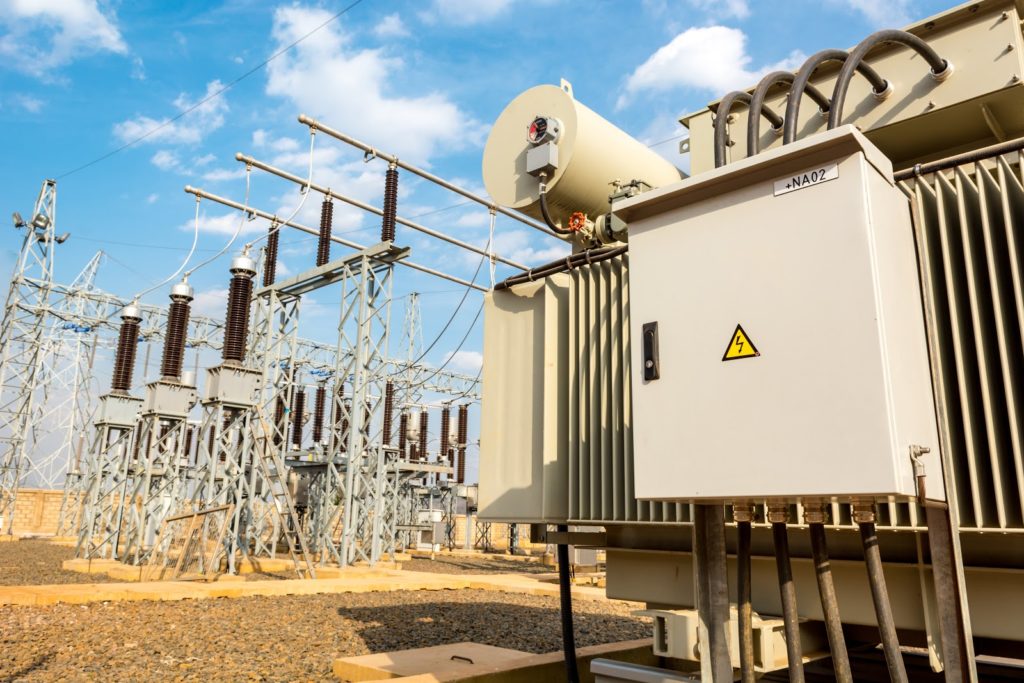For the vast majority of human history, mankind was at the mercy of nature. Light could only be harnessed created by the Sun or fire, and energy came from food alone. Now, however, we have an unprecedented amount of energy at our fingertips. We consume millions of times more energy than our ancient predecessors did, all thanks to the invention of electrical infrastructure.
One absolutely essential piece of technology is the transformer, which is crucial to electricity delivery across the globe. In our latest blog, we dive deep into the history, function, and importance of transformers!
What Is A Transformer, Anyway?
Unless you’ve studied electronics and electricity at some point in your lifetime, chances are you may not even know what a transformer even is. Well, a transformer is simply a device that converts alternating current (AC) into different voltages. It’s just that simple—so simple, in fact, that there are no moving parts. A basic transformer consists of wire wrapped around a metal core like iron.
This simple but pivotal technology made use of a phenomenon described by Michael Faraday in Faraday’s Law. Of course, other scientists and pioneers contributed to this knowledge, but Faraday is most often attributed to it. By determining how many turns the coil had, electromagnetic induction could be used to step up or down voltages.
But why is changing voltages so important? The reason basically boils down to making energy affordable to transport. The transportation of electricity causes energy to be lost as it travels, but transformers help to mitigate that energy loss by raising the voltage of the electricity. This helps because higher currents coupled with the impedance of transmission lines will lead to massive energy loss. With lower currents, however, electricity can flow with the least amount of impedance and energy loss.
Once electricity reaches its destination, the voltage can be changed again to be used for all the devices and appliances that we use every day. Since energy requirements differ greatly across the globe, a plethora of different types of transformers are used to meet those demands.
The History Of The Transformer
The history of electricity, while often taught via the same major milestones, often underestimates the importance of transformers in the large-scale use of electricity. Electricity, in its early stages, was incredibly local. Electricity was not produced very far from where it was going to be used.
In addition, the debate over alternating current (AC) and direct current (DC) was still raging, pioneered by people like Thomas Edison. AC and DC have different properties that are useful, but there was no consensus on what is actually the best form of electricity.
This localized electricity used steam and hydro generators, but they soon were unable to provide the electricity demand needed. Larger energy productions became necessary to produce the amount of energy required to power cities. There was just one problem—distance meant that the energy loss would be enormous.
Enter the transformer, with its ability to step up the voltage of the electricity being delivered. Coupled with the use of better transmission lines, electricity transmission became much more efficient, allowing for electricity to be delivered across great distances.
Today, transformers allow billions of people to access electricity without ever having to think about it. Electricity can travel for several miles from its production site, giving the miracles of electricity to urban and rural citizens alike.
How Transformers Improved Over The Years
In the mid and late 18th century, great inventors and thinkers began creating the first induction coils and transformers. The late 1800s saw one of the first AC systems and early transformers was created by Sebastian Ziani de Ferranti, an English inventor. Only a couple of years later, the first step down transformer was created, followed by the first full AC distribution system by William Stanely in Massachusetts in 1889.
Following these initial inventions and discoveries, the development of transformers absolutely took off. Several companies began spending thousands on the development of transformers. Three-phase transformers were invented (a transformer with three coils or windings) which made voltage conversion more versatile and efficient, leading the way for the massive electrical boom that we enjoy today.
Trust Remsa USA For Your Mechanical & Electrical Needs
Remsa USA has spent years providing top-notch services for motors, transformers, and other incredibly important mechanisms of modern industry. Contact us today for maintenance, repair, or construction work today!
